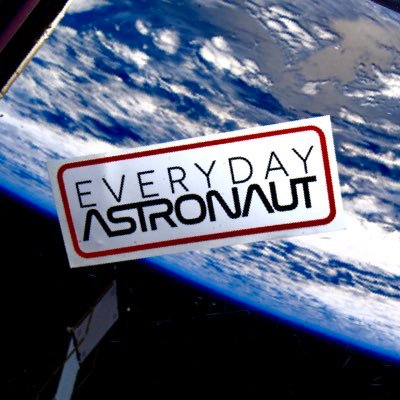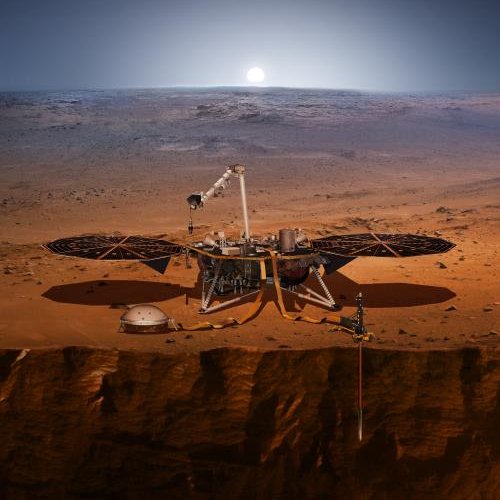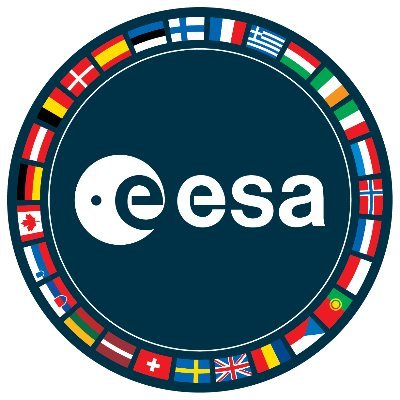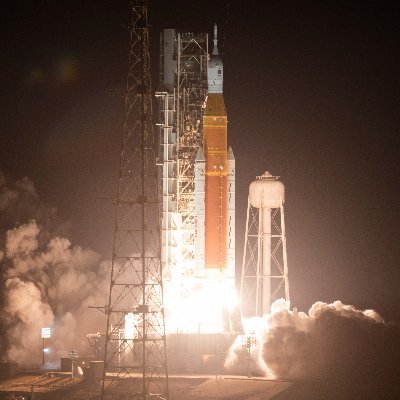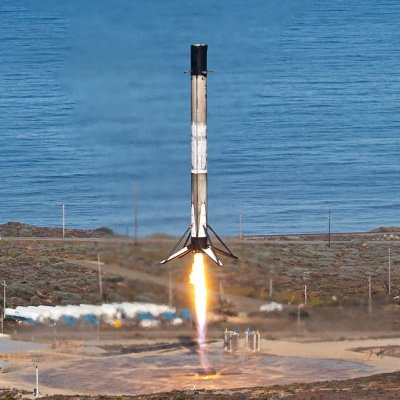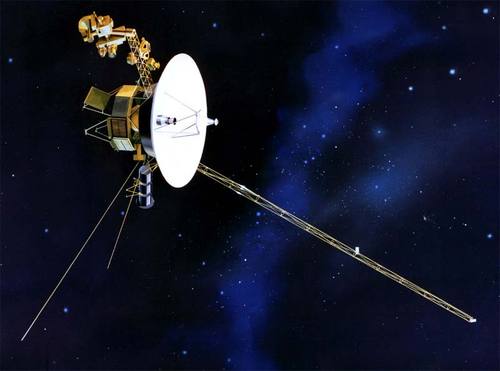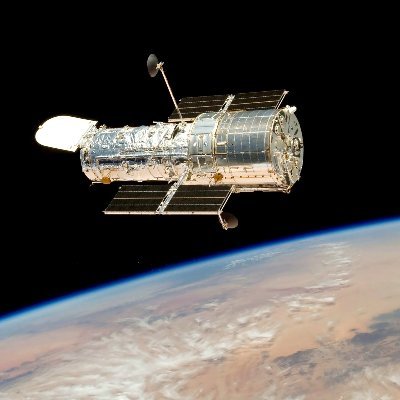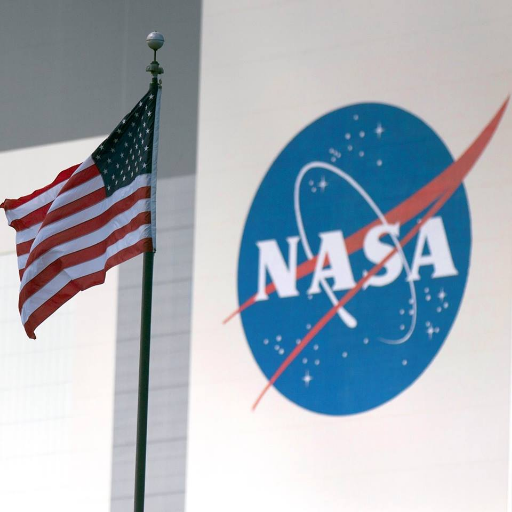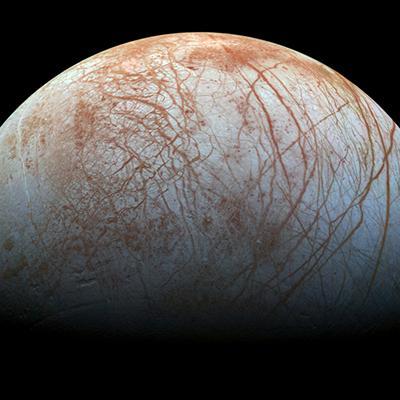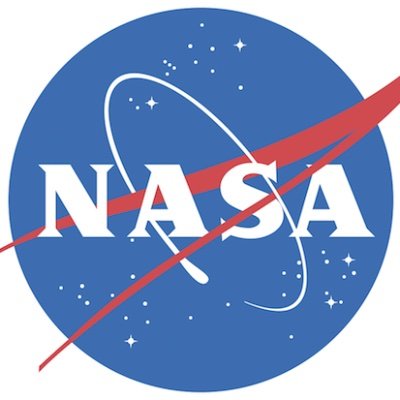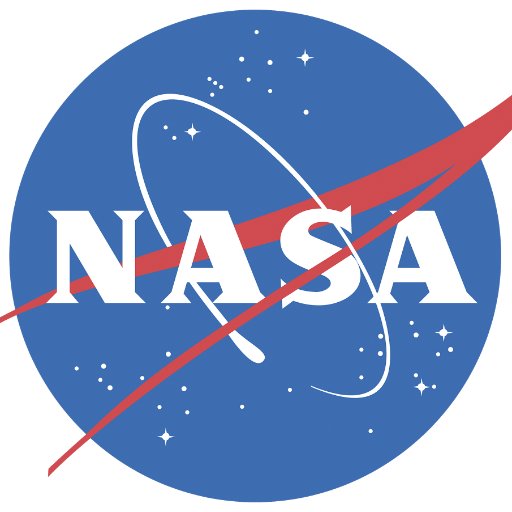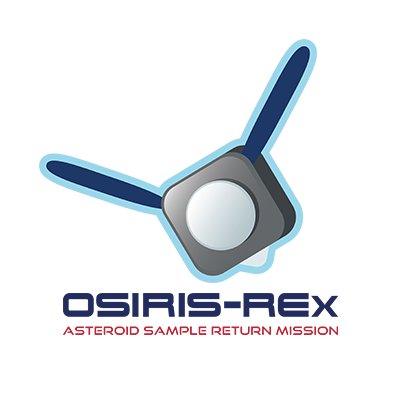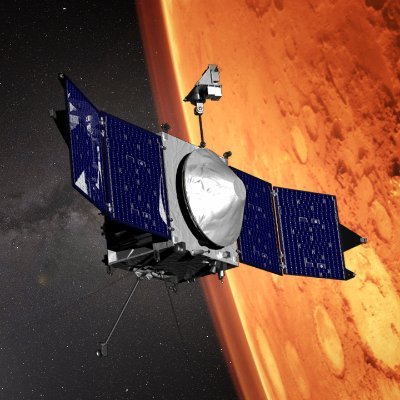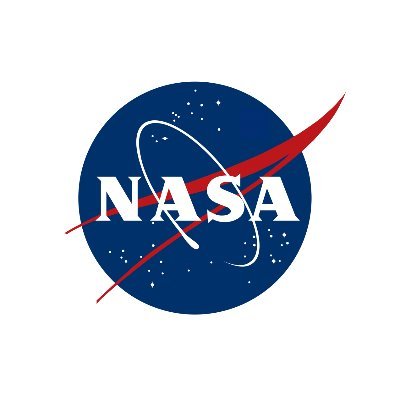
NASA's Perseverance Mars Rover
@NASAPersevereNASA Mars rover, exploring since February 2021. Hobbies: Photography, collecting rocks, off-roading. 🚀 Team HQ @NASAJPL (Verification: https://t.co/b0WrcSJeU0)
Similar User

@SpaceX

@NASA

@NASAWebb

@neiltyson

@Space_Station

@NASAHubble

@engineers_feed

@MarsCuriosity

@NASAMars

@NASA_Technology

@NASAUniverse

@NASAArmstrong

@wonderofscience

@NASASolarSystem

@NASAArtemis
Wishing you a spellbinding "sol"-iday from the Red Planet 👻 Check out the latest blog from my team, who were definitely feeling the #NASAHalloween spirit when they wrote this! go.nasa.gov/3YsqWLX
Ever feel like someone's watching you? That's how I felt when I observed this transit of the Martian moon Phobos! The pupil in this "googly eye" is the potato-shaped moon, and the iris is our Sun. Learn more: go.nasa.gov/48vJm3m
Looking back to see how far I’ve come. As I continue to climb to the Jezero Crater rim, I stopped to take in the view and saw everything from my landing spot to the backup samples I left on the surface. Read more and see the image in full res: go.nasa.gov/48o95KG

My journey to the rim of Jezero Crater has been a challenging one. As you can see in this image from my rear Hazcam, I’m dealing with some steep and slippery terrain. But thanks to my team and autonomous navigation system, I'm avoiding any big hazards as I slowly make my way up.

Are there other rocks like this near the Jezero Crater rim? I'm on my way to find out. P.S. - My team has really enjoyed reading your theories about what this "zebra rock" might be!
How did this Mars rock get its stripes? @NASAPersevere spotted this intriguing rock, which may have rolled down to the pebbly terrain near Jezero Crater's rim. The rover's science team hopes to spot an outcrop of this new rock type on the drive uphill: go.nasa.gov/3N2pqLw

Just rolling into the weekend... As I make my way to the rim of Jezero Crater, the terrain is expectedly steep and rocky, but I’m getting through it thanks to my team and my self-driving autonomous navigation system, AutoNav. Bonus: I just passed a drive milestone... 30km!
Update: I've started my climb up the Jezero Crater rim! My team has a few spots for me to explore along the way – but they're most excited about an area over the crest and outside the crater called Witch Hazel Hill, which includes the most ancient Martian crust on my journey.

After more than two years of exploring the Jezero Crater floor, I’m about to start a months-long journey to the crater’s rim. The climb will include about 1,000 ft (300 m) in elevation gain with slopes as steep as 23 degrees. 📈 What's ahead: go.nasa.gov/3SNIiRw

Shoutout to my little buddy. 🚁
It's #NationalAviationDay, but that doesn't seem quite adequate for this pioneering rotorcraft – the first powered, controlled flight on any world other than Earth. 🫶 Celebrate by downloading the #MarsHelicopter commemorative poster: go.nasa.gov/4dSbU8B

After more than two years of exploring the Jezero Crater floor, I’m about to start a months-long journey to the crater’s rim. The climb will include about 1,000 ft (300 m) in elevation gain with slopes as steep as 23 degrees. 📈 What's ahead: go.nasa.gov/3SNIiRw

That looks familiar... thank you for paving the way, @MarsCuriosity!
Oh, how Mars landings have changed. Pathfinder used giant airbags to land on the Red Planet. A decade later, @NASAJPL developed the sky crane maneuver to safely land @MarsCuriosity and @NASAPersevere More on this engineering evolution: go.nasa.gov/4dvY4IL
What a week! Anyone else possibly discover signs of microbial life from billions of years ago on a planet 140 million miles from Earth? No? Just me?
I came to Mars with a job to do: Find and sample the best rocks for future study in labs on Earth. I’ll keep this special rock core – and the others in my collection – safe until a future mission comes to take them to Earth for further study.
Was Mars home to microscopic life in the distant past? An intriguing rock spotted by @NASAPersevere has qualities that fit the definition of a possible indicator of ancient life. But what did we find, and how will we know for sure? go.nasa.gov/3WDv6kH
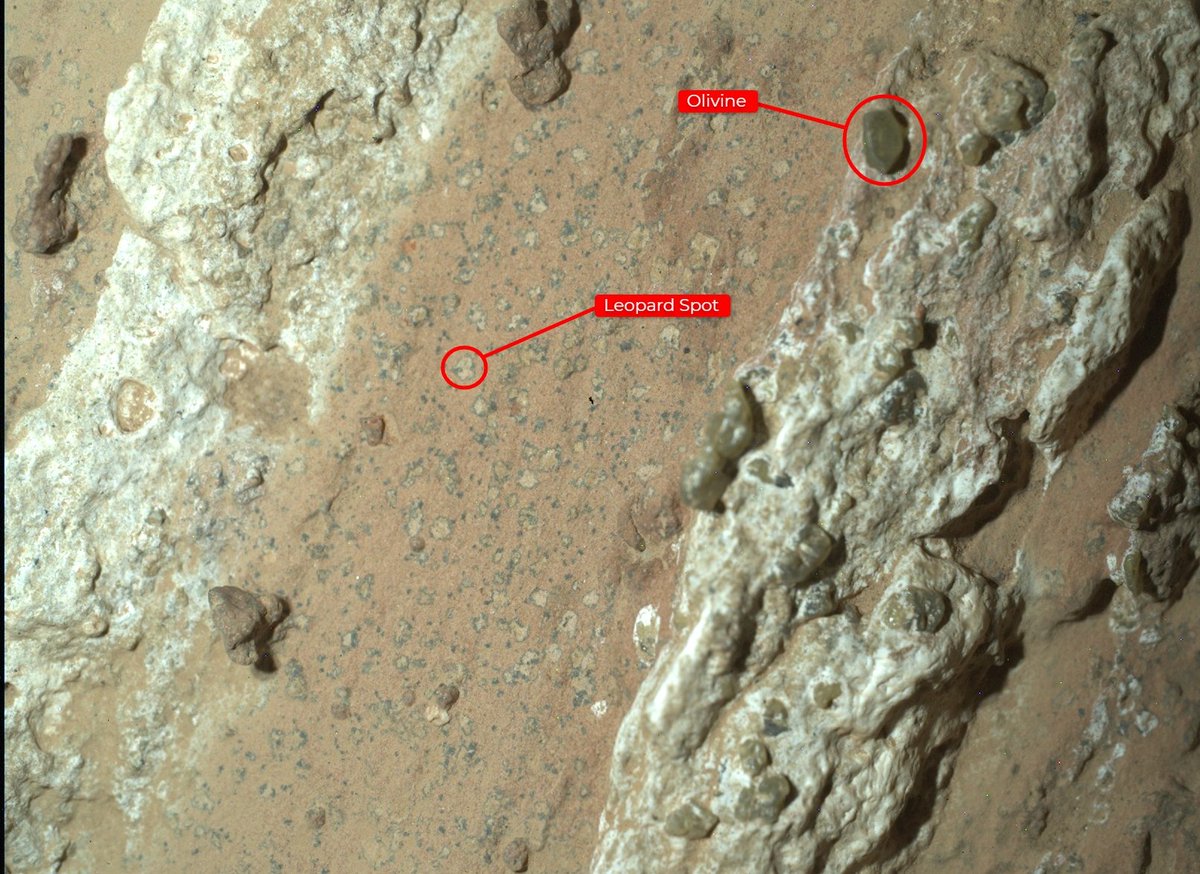
As Earthlings celebrate the #Apollo11 anniversary, here on Mars, I recently finished an abrasion patch called "Apollo Temple." It’s a small tribute to the humans who first explored the Moon. #MoonToMars


This is me using AI to better investigate rocks on Mars more quickly! I've been using software that works with my PIXL instrument to beam X-rays at Martian rocks to reveal what minerals are present and then determine if it's worth examining more deeply: go.nasa.gov/464Mpyb
Recently, I've been investigating a rock unlike any my team has seen so far on the planet. It could be among the oldest I've ever investigated – or the youngest.
A lens cover on my SHERLOC instrument got stuck a while back, preventing me from collecting certain types of data that help me look for potential signs of ancient microbial life. But thanks to my ingenious team my instrument is operational again! go.nasa.gov/4eDeHDI
My Martian rock collection has a little bonus for the atmospheric scientists on Earth... 🎁
There's a potential treasure trove inside each of @NASAPersevere’s sample tubes: Martian air! Scientists could study that air to learn how the Red Planet’s atmosphere and water cycle have changed over time. go.nasa.gov/3VS6cgw

A route change on my way to Bright Angel has led me through an unexpectedly diverse geological playground, Neretva Vallis! This ancient river channel – which carried most of the water that flowed into Jezero Crater billions of years ago – is filled with intriguing boulders.

United States Trends
- 1. $CUTO 7.355 posts
- 2. Tyson 363 B posts
- 3. Laken Riley 30,7 B posts
- 4. Pence 40,1 B posts
- 5. Dora 21,3 B posts
- 6. Ticketmaster 14,9 B posts
- 7. DeFi 104 B posts
- 8. #FursuitFriday 14,8 B posts
- 9. Iron Mike 14,8 B posts
- 10. The UK 415 B posts
- 11. Pirates 16,6 B posts
- 12. Scholars 10,3 B posts
- 13. #FridayVibes 7.585 posts
- 14. #AmericaRecyclesDay N/A
- 15. #FridayMotivation 3.840 posts
- 16. Conan 21,7 B posts
- 17. Wallo 7.343 posts
- 18. Oscars 13,1 B posts
- 19. #FlashbackFriday 1.690 posts
- 20. Phil Handy N/A
Who to follow
-
 SpaceX
SpaceX
@SpaceX -
 NASA
NASA
@NASA -
 NASA Webb Telescope
NASA Webb Telescope
@NASAWebb -
 Neil deGrasse Tyson
Neil deGrasse Tyson
@neiltyson -
 International Space Station
International Space Station
@Space_Station -
 Hubble
Hubble
@NASAHubble -
 World of Engineering
World of Engineering
@engineers_feed -
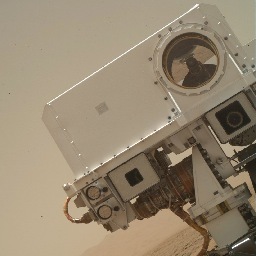 Curiosity Rover
Curiosity Rover
@MarsCuriosity -
 NASA Mars
NASA Mars
@NASAMars -
 NASA Technology
NASA Technology
@NASA_Technology -
 NASA Universe
NASA Universe
@NASAUniverse -
 NASA Armstrong
NASA Armstrong
@NASAArmstrong -
 Wonder of Science
Wonder of Science
@wonderofscience -
 NASA Solar System
NASA Solar System
@NASASolarSystem -
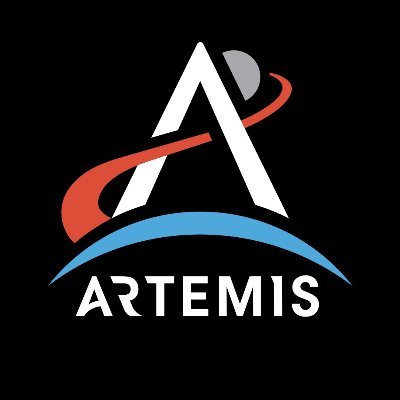 NASA Artemis
NASA Artemis
@NASAArtemis
Something went wrong.
Something went wrong.



